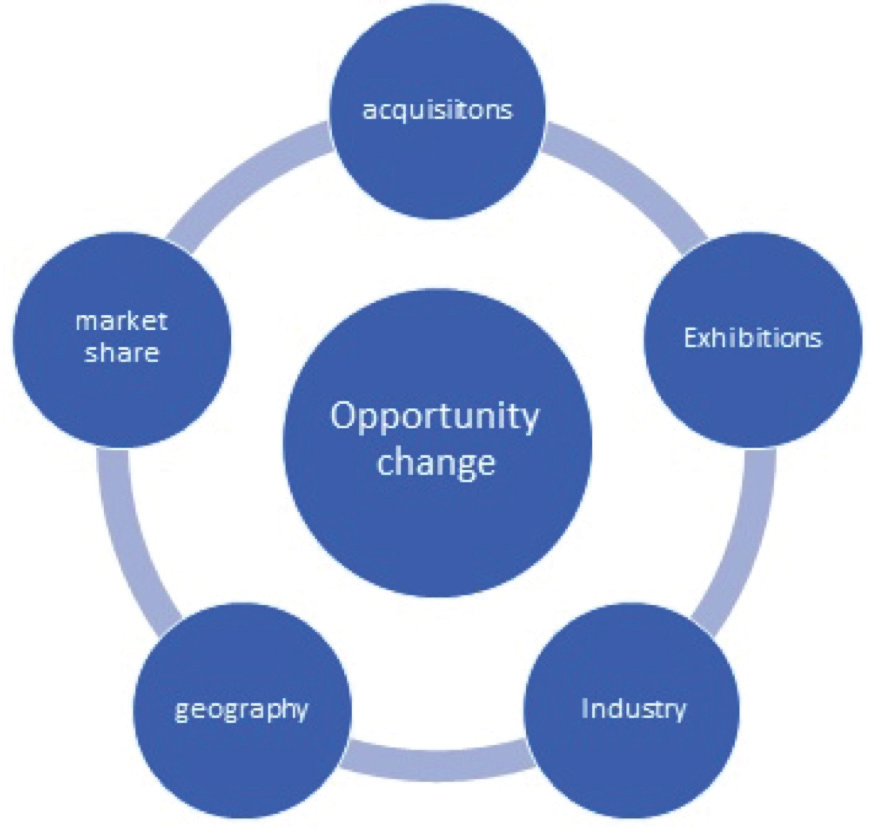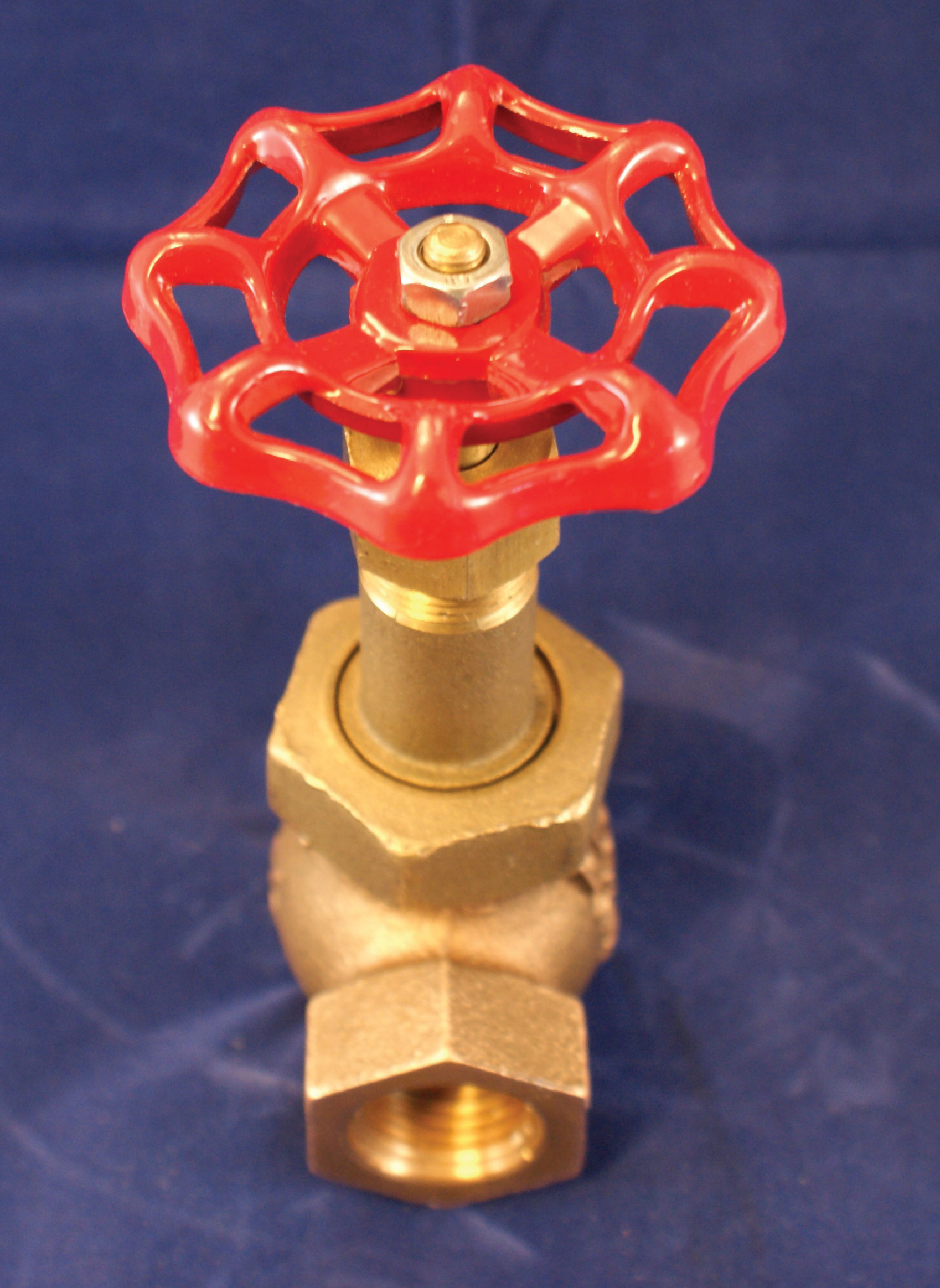There are over 1 million different niches in today’s valve market. They vary in terms of valve type, application, criticality, and supplier system. Each niche should be analyzed, and the best aggregation selected to enable a supplier to maximize profit.
By Robert McIlvaine, President & Founder – The McIlvaine Company
To the layman, the vast number of valves available in the market can be staggering. For example, there are numerous valves for water, liquid, air, and gas applications, namely control, isolation, and safety. If attempting to appreciate the number of valves it is important to further segment the market by service, including the four main categories: severe, critical, unique, and general.
Analysing Valve Niches
The value of analyzing each niche is undeniable, but it seems that no one has attempted it because of the billions of facts and factors which need to be organized. However, as many of the facts and factors shaping one niche are shared by many other niches, an organized approach provides an economy of scale.
The level of needed detail is typical of cost accounting. Useful information includes competitor market share information through tracking acquisitions and exhibitor activity. The exhibition investment of each player in each industrial market in each region reveals not only present but future activity. If a company suddenly invests a larger percentage of exhibition dollars in Asia or in the pharmaceutical industry it is a good indicator of the strategy.
Continuous analysis of more than five parameters is needed to identify opportunity changes, see Figure 1.
General economic changes are reflected in geographic and industry adjustments. They reflect the total market whereas acquisitions and exhibitions along with other data determine changes in present and future market share.

Market Examples
There are hundreds of industrial niches, and each has multiple processes and unique filtration needs. Likewise, residential, and commercial applications are numerous. Suppliers, therefore, offer systems, valves, components, distribution, and services to address each niche. Mobile vehicles and equipment, and gas turbine valves, for example, represent big markets.
The future markets are dependent on gas availability, greenhouse gas regulations, Russian aggression, Chinese policy, and other factors which are continuing to change.
Monitoring Parameters
Acquisitions
It is necessary to maintain a current acquisition database. One important trend to note is the increase in acquisitions by private equity fi rms, such as Clearlake, to create large distributor conglomerates. They have taken advantage of a big market opportunity.
The companies that deal directly with the end users can engineer and assemble complete packages including the valve, piping, and other flow control products. The revenues are twice the cost of the components. This approach is gaining ground in the pharmaceutical industry where assembly takes place in a cleanroom.
Another common trend is complementary acquisitions. For example, two blower/compressor companies, Ingersoll Rand and Atlas Copco, have purchased a number of valve and pump companies to complement their already existing product lines.
Exhibitions
It is very important to tabulate both general exhibitor activity and niche exhibitions. The general exhibitions indicate regional strategy, while the niche exhibitions reveal industry targets.

The Valve World exhibitions, strategically located in Europe, Asia, and the Americas, are prime examples of regional strategies.
Analyzing niche exhibitions provides significant insight into competitor targets.
It also allows one to identify OEM purchasers, A/E influencers, and suppliers of complementary equipment. Furthermore, niche exhibitions are often accompanied by conferences that address the facts and factors that will shape the market.
The International Water Conference in San Antonio will, for example, have only a few dozen exhibitors but will be very influential in shaping future technologies to reuse water. Zero liquid discharge is a growing market for valves.


Final Thoughts
Analyzing niche markets requires continuous effort. There are dozens of exhibitions each month, at which several important acquisitions are likely to occur. It is therefore important to be continually assessing both the acquisitions and exhibitions taking place. The expense will be considerable but the increases in Earnings Before Interest, Taxes, Depreciation, and Amortization (EBITDA) will more than justify the effort
I am text block. Click edit button to change this text. Lorem ipsum dolor sit amet, consectetur adipiscing elit. Ut elit tellus, luctus nec ullamcorper mattis, pulvinar dapibus leo.



